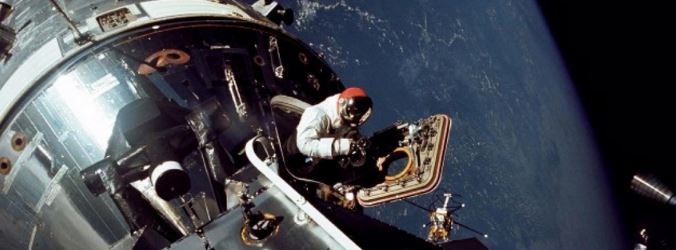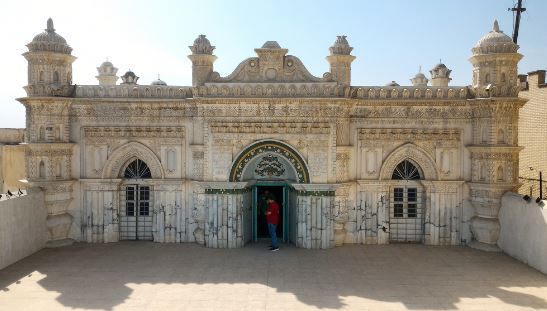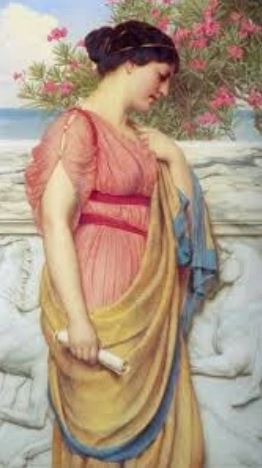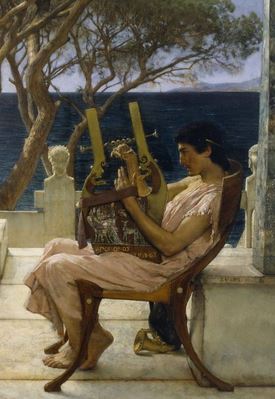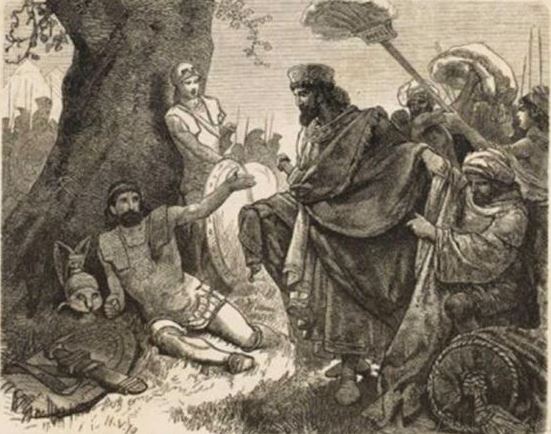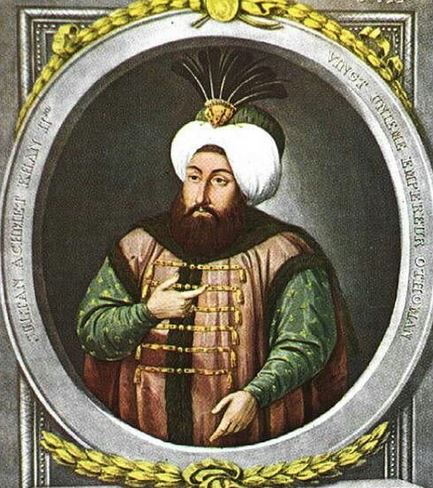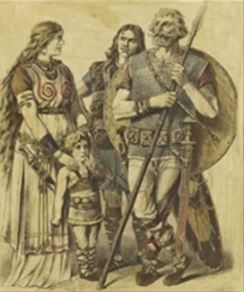Apollo 9, launched on March 3, 1969, was a pivotal mission in NASA’s Apollo Program, serving as the first crewed test flight of the Lunar Module (LM). The mission was critical for verifying the performance of the LM in Earth orbit and ensuring that it was ready for the subsequent lunar landing missions.
This article provides a comprehensive overview of Apollo 9, including its objectives, key achievements, challenges, and lasting impact on space exploration.
Mission Overview
Apollo 9 was the third crewed mission of the Apollo Program and was tasked with testing the Lunar Module, which was designed to land on the Moon’s surface. The mission aimed to validate the LM’s performance in space and demonstrate its ability to dock with the Command and Service Module (CSM).
Crew Members
The Apollo 9 crew consisted of:
- James McDivitt, Commander
- David Scott, Command Module Pilot
- Rusty Schweickart, Lunar Module Pilot
The crew’s responsibilities included testing the LM systems, conducting extravehicular activities (EVAs), and ensuring that the spacecraft systems functioned as intended.
Key Objectives and Achievements
Apollo 9 had several key objectives and achieved important milestones:
Testing the Lunar Module
Apollo 9’s primary mission objective was to test the Lunar Module, which had never before been flown in space. The LM, nicknamed “Spider,” was designed to detach from the Command Module and perform various maneuvers in Earth orbit. Key tests included:
- Separation and Docking: The mission demonstrated the LM’s ability to separate from and dock with the Command Module in orbit. This was essential for future lunar landings, where precise docking and separation were crucial.
- Propulsion Systems: The LM’s propulsion systems, including the descent and ascent stages, were tested to ensure their functionality. This included firing the descent engine and testing the ascent stage’s ability to return to orbit.
Extravehicular Activities (EVAs)
Apollo 9 was also notable for conducting EVAs to test the new space suits and life support systems that would be used on the Moon. Rusty Schweickart conducted a spacewalk outside the LM, providing valuable data on the performance of the suit and the feasibility of conducting EVAs in space.
Successful Docking and Separation
The successful docking and separation maneuvers demonstrated the LM’s ability to function as designed, proving that it could safely land on the Moon and return to orbit. The LM and CSM performed several docking and undocking operations during the mission, validating the spacecraft’s systems and procedures.
Challenges and Issues
Despite its successes, Apollo 9 faced several challenges:
Spacecraft Performance
The mission experienced some technical issues, including difficulties with the LM’s rendezvous radar and other minor systems. However, these issues were addressed during the mission, and the valuable data collected helped improve future spacecraft designs.
Space Suit Performance
During the EVA, Rusty Schweickart encountered issues with his space suit, including difficulties with the helmet’s visor and the suit’s ventilation system. These issues highlighted the need for further refinement of the space suits used for future lunar missions.
Legacy and Impact
Apollo 9 was a crucial step in the Apollo Program and had a lasting impact on space exploration:
Validation of Lunar Module Systems
The successful testing of the Lunar Module and its systems provided confidence in the spacecraft’s ability to perform the lunar landing and return missions. This was a critical step in achieving the Apollo Program’s goal of landing humans on the Moon.
Contributions to Space Suit Design
The data collected during the EVAs helped refine the design of space suits used in later missions. Improvements made as a result of Apollo 9 contributed to the successful performance of astronauts during lunar surface activities.
Foundation for Future Missions
Apollo 9’s achievements laid the groundwork for subsequent missions, including Apollo 10, which would serve as a dress rehearsal for the lunar landing, and Apollo 11, which would achieve the historic Moon landing.
Apollo 9 was a groundbreaking mission that played a critical role in the success of NASA’s Apollo Program. By testing the Lunar Module’s systems and conducting extravehicular activities, the mission validated the spacecraft’s performance and set the stage for future lunar exploration. The achievements and lessons learned from Apollo 9 continue to influence space exploration and spacecraft design to this day.
